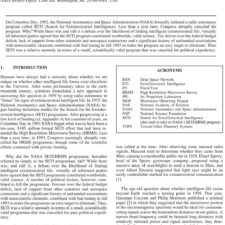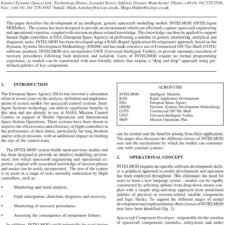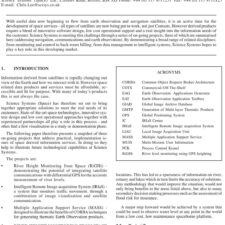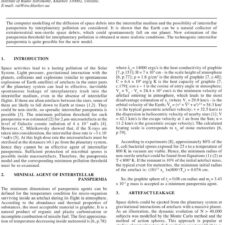Quenching-Superconductor Rockets: Blasting to the Limits of Chemical Rocketry
£5.00
D. Negretti et al. (2021), JBIS, 74, pp.150-155
Refcode: 2021.74.150
Abstract:
The basis of a novel space propulsion system called a Quenching-Superconductor Rocket (QSR) is outlined. The QSR launches a small superconducting coil into a detonation chamber, where a quench is induced through thermal or magnetic means. The coil disintegrates in an arc discharge, and the generated gases are used to produce thrust through a physical or magnetic nozzle. The energy density of the coil, and therefore the system’s specific impulse, depend on the coil backing material’s properties, namely ultimate tensile strength and density. Using materials such as carbyne, graphene or carbon nanotubes, high specific impulses can be achieved, up to 1000s. The QSR is of simple design and can achieve thrusts comparable to chemical rockets, with no radioactivity or toxic exhaust, thus making it a candidate for both launch systems and high-energy upper stages. Additionally, it is shown how the QSR’s general design can be applied to a variety of similar concepts.





